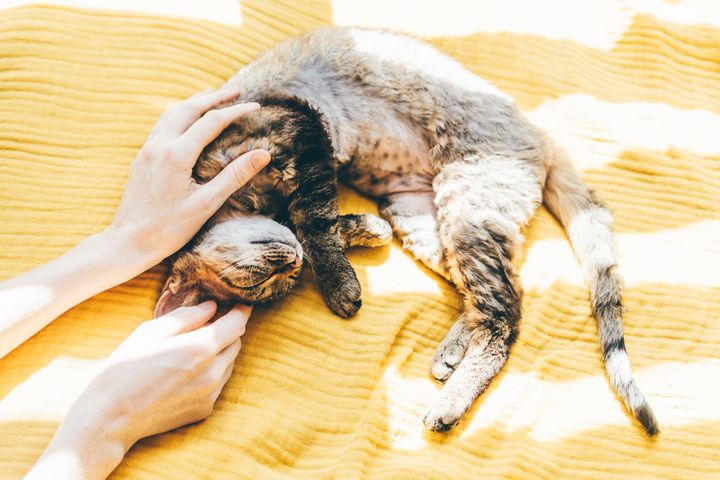
A new law that’s been introduced in England means cat owners have until 10 June next year to microchip their cats – or they could face a fine of up to £500.
According to the PDSA, it costs anywhere between £10 and £30 to microchip your cat and it’s usually done at the same time as neutering or spaying – but you can have them chipped at any time.
The new law will mean you have until cats are 20 weeks old to sort their chips out.
Owners found not to have microchipped their cat by 10 June 2024 will have 21 days to have one implanted, or face a fine.
The UK government states there are over 9 million pet cats in England and as many as 2.3 million of these are unchipped meaning that if they were ever lost or stolen, it would be very difficult to reunite them with their owners.
The government’s chief veterinary officer Christine Middlemiss previously said of the change: “I am pleased that we are progressing with our requirement for all cats to be microchipped.
“Microchipping is by far the most effective and quickest way of identifying lost pets. As we’ve seen with dog microchipping, those who are microchipped are more than twice as likely to be reunited with their owner.
“By getting their cat microchipped, owners can increase the likelihood that they will be reunited with their beloved pet in the event of it going missing.”
Your responsibilities to your cat
Cats Protection suggests all cat owners must meet their cat’s five welfare needs. These include:
- Making sure that your cat is living in the right environment for them. this means that their resources are kept in the right places. For example, their water bowl, food bowl, and litter tray should all be kept separately.
- Ensuring they have a healthy, balanced diet and access to fresh water every day.
- Ensuring your cat can express their natural behaviours. This might include hunting, scratching or simply having a quick cat nap.
- Making sure your cat has suitable company either with or away from other animals. Some cats prefer to be the only pet in the home, so this might mean only keeping one cat at a time with no other cats or pets, unless you have the space to do so.
- Keeping your cat happy and healthy by protecting them from pain, suffering, injury and disease. This could be through preventative treatments, such as vaccines and flea treatments, or making sure to keep up with regular check-ups at the vet.